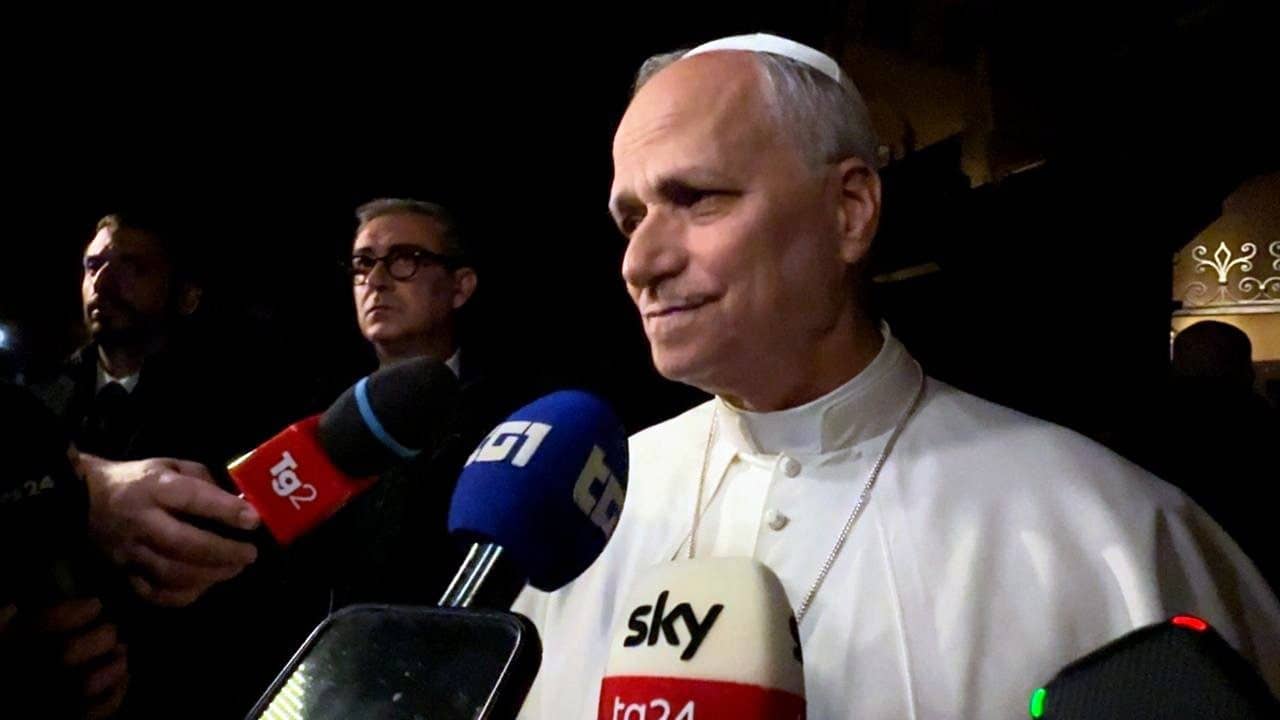ROME – As the Oct. 4-25 Synod of Bishops on the family nears its end, two features of the process seem especially striking. One is how much the bishops have left to do; the other is how much uncertainty still surrounds exactly what they’re doing.
The final result is to be a document to be presented to Pope Francis. It’s designed to be based on a working document distributed before the synod, but there’s been enough dissatisfaction with that earlier text that it’s possible the 10-member drafting committee could essentially start from scratch.
That drafting committee includes:
- Cardinal Peter Erdo, archbishop of Esztergom-Budapest and the synod’s relator general
- Cardinal Lorenzo Baldisseri, secretary of the synod
- Archbishop Bruno Forte, archishop of Chieti-Vasto, Italy
- Cardinal Oswald Gracias, archbishop of Bombay, India
- Cardinal Donald Wuerl, archbishop of Washington, DC
- Cardinal John Dew, archbishop of Wellington, New Zealand
- Archbishop Victor Manuel Fernandez, rector of the Pontifical Catholic University of Argentina
- Bishop Mathieu Madega Lebouakehan, bishop of Mouila, Gabon
- Bishop Marcello Semeraro, bishop of Albano, Italy
- The Rev. Adolfo Nicolas, head of the Jesuit order
Whether the group overhauls the original working document, called the Instrumentum Laboris, or goes back to the drawing board, it’s supposed to incorporate the hundreds of suggestions made by the synod’s 13 small working groups.
On Tuesday morning, those groups were supposed to finish putting together their proposals, with a 1 p.m. deadline in Rome. Tuesday afternoon, the entire synod was to hear a report from each of the small groups, and in the evening, reporters for each group were to meet to assess the proposals to pass along to the drafting committee.
Synod officials vowed to bring food to the group so it could work through dinner, with a deadline of noon Wednesday in Rome. In the meantime, their final set of individual reports are scheduled for release to the media Wednesday morning.
The drafting committee has already been meeting to get organized. Australian Archbishop Mark Coleridge wrote in a blog post Tuesday morning that one member told him Pope Francis had popped in unannounced on Monday, mostly to urge the committee to produce a “good document.”
The synod will have a free day on Wednesday to allow the drafting committee to work. Reflecting the fluidity of the situation, the schedule has been adjusted on the fly to make Thursday morning free as well, followed by a general session in the afternoon to discuss an initial draft of the final document. That discussion will continue Friday morning, followed by a free period in the afternoon for final adjustments.
Saturday will bring presentation of the document and paragraph-by-paragraph votes on its content on Saturday. Sunday will mark the formal end of the synod, with a Mass celebrated by Pope Francis.
That’s what’s known. However, at least three question marks remain.
Who’s the audience?
In past synods, two documents were produced at the end: a set of specific propositions, sometimes as many as a hundred, intended for the pope, and a concluding message addressed to the wider world.
This time there are no propositions and no message, only the one final document. As of Tuesday morning, Archbishop Jose Gomez of Los Angeles, who’s taking part in the synod, told Crux it’s still not clear to him whether that document is supposed to be addressed only to the pope or also crafted for public consumption.
Presumably that’s a decision the drafting committee will have to make, perhaps based on suggestions from the working groups.
What will the document contain?
In an interview with Crux last week, Wuerl, a member of the drafting committee, said his understanding was that its function is to report on areas where there was “general support” among the bishops, which he defined in terms of something like 80 or 85 percent agreement.
The way to know that something did not enjoy such a consensus, he said, would be if it doesn’t appear in the document.
In his own Crux interview, however, Australian Cardinal George Pell said that he feels the document needs to report not only on agreement but also division, saying that if the synod is split 50/50 on something, “the Catholic world has to know that.”
Presumably, another decision the drafting committee will have to make is whether the document will simply be a report on the synod’s discussions, or a more ambitious attempt to present a Catholic vision of the family based on those discussions.
When will it be released?
Vatican briefers repeatedly have said that it’s up to the pope when, and if, the synod’s final document will be released to the public.
That could happen Saturday night after the final ballot, they’ve said, along with the paragraph-by-paragraph vote totals. It could be a few days later, after the text has been reviewed and translations prepared. Or Pope Francis could decide he wants to keep the document to himself to use as the basis for his own eventual reflections.
Most observers in Rome believe the smart money is on the document and the results of the voting being released right away Saturday night, for two reasons.
First, there have already been widely voiced charges of manipulation and stacking the deck during the synod, and if there’s a delay in releasing the document, it’s likely someone would cry foul.
Second, as Pell noted in his Crux interview, it’s a near-certainty the document would leak anyway, making efforts to keep it under wraps futile.
















